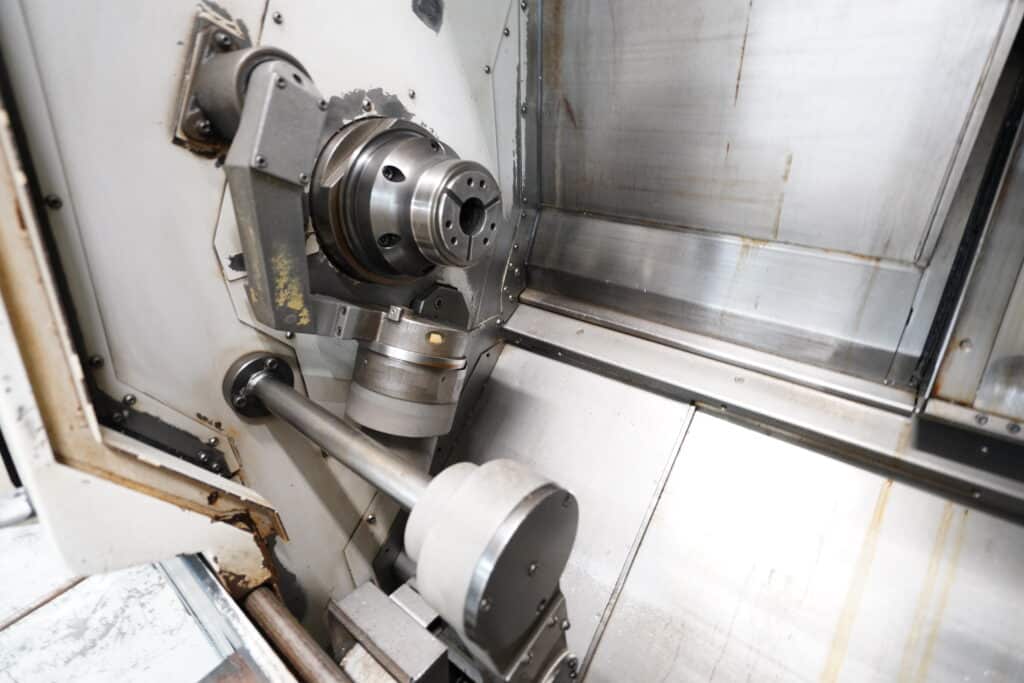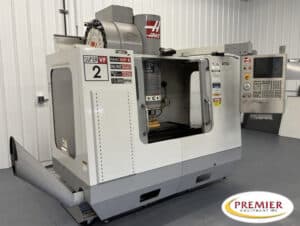History of Sustainability and Energy Efficiency in CNC Machining
The story of sustainability and energy efficiency in CNC machining spans several decades filled with major milestones and technological advancement. During early days of same Computer Numerical Control machining, nearly all the focus was on precision, speed and productivity. But as concerns regarding the environment, along with the cost of energy rose, the industry began to turn its focus to more sustainable practices.
The idea of sustainability in manufacturing started to take off in the 1990s and early 2000s. Regulatory changes including the roll out of ISO 14001, the environmental management systems standard, of the standard, and the increased public awareness about environmental issues were key drivers. To cut down on energy consumption and waste, CNC machine manufacturers began to incorporate features into their machines. For example, the first step towards a more sustainable future was the development of more efficient spindle motors and advanced cooling systems and so on.
Fast forward to today, and it’s obvious that sustainability is now a fundamental part of CNC machining. Due to the ability to make changes quickly using computerized optimization and due to precise positioning, modern CNC machines are engineered to be energy efficient, and are frequently developed with power management computer systems, regenerative breaking, and kinematics that minimize energy use yet maintain quality. This evolution is not just about regulation compliance, but also about economic viability – energy efficient operations can dramatically reduce operational costs.
Current Trends in 2024: Innovations and Implementations
Looking ahead to 2024, here are some of the top trends we see in the future of the machinists sustainability and energy efficiency.
Materials and Technologies.
Another important advancement is the advancement of advanced materials and technologies, in CNC machines. For example, adopting carbon fiber and other lightweight materials during machine construction, lowers the total mass of the machine, decreasing energy consumption when the machine is running. Also, significant advances in motor technology have been realized by servo motors and the permanent magnet synchronous motors (PMSMs) together with the widespread adoption.
Industry 4.0 and Digitalization
Another is the digitalization of manufacturing processes – frequently known as Industry 4.0. To optimize CNC machining operations, technologies such as machine learning, artificial intelligence and the Internet of Things (IoT) are being relied on. Operators are able to monitor, in real time and predict when parts may fail before it’s too late, which prevents unnecessary downtime, and waste of energy. Furthermore, simulation software can be used to optimize machining processes so that energy is used as efficiently as possible.
Renewable Energy Integration
Renewable energy sources are now being integrated into many CNC machine shops. Manufacturing facilities are becoming common with solar panels and wind turbines, giving them a clean and sustainable source of power. After all, adoption is encouraged by government incentives and tax credits for businesses to adopt renewable energy solutions.
Water Conservation and Cooling Systems
There has also been a lot of progress in water conservation. Highly advanced cooling systems, such as chip minimum quantity lubrication (MQL) and dry machining technologies, save large amounts of coolant use, thereby conserving water and greatly reducing wastes. They also reduce the energy needed for cooling which in turn increase systems’ total efficiency.
What’s Next in 2025: Future Directions and Emerging Technologies
When looking ahead to 2025 we can expect many more emerging technologies and trends that will continue to transform the world of sustainability and energy efficiency in CNC machining.
Quantum Computing and AI-Driven Optimization
Quantum computing will play a key role in CNC machining in the integration with advanced AI algorithms to effectively optimize process. The development of highly efficient machining strategy is allowed due to the fact that quantum computers can solve complex optimization problems much faster than classical computers. Predictive maintenance, energy management, and the process of optimization will receive plenty of love from AI, continuing to drive down energy consumption even further.
Integration of Additive Manufacturing
Traditional CNC machining is expected to become more integrated with additive manufacturing (3D printing). Subtractive processes tend to require more material, and more energy, than additive ones, and are therefore inherently less sustainable. A combination of additive and subtractive techniques have the potential to shorten the production cycle yet also reduce waste.
Autonomous Systems and Smart Factories
All machines and systems will be interconnected and autonomously managed in smart factories — the concept that will become even stronger. Autonomous systems can use energy in real time, schedule production based on energy availability, and predict maintenance to avoid energy intensive repairs.
Circular Economy Practices
The manufacturing sector devotes growing attention to the adoption of the circular economy practice. It means designing products and processes that are restorative and regenerative by design. In the world of CNC machining, this could be utilizing recycled material, creating products that are better suited for being recycled, and assigning closed loop systems where materials are continuously recaptured to be used in production.
Conclusion: A Sustainable Future
The path to sustainability and energy efficiency in CNC machining is a long one, with technology, regulation and economics all pushing in the same direction. CNC machine shop owners, managers and C level executives need to be aware of the latest trends and technologies.
Sustainability is not simply ethical, it is a smart business move. Energy efficient operations can save costs, improve competitiveness and create a positive brand image. In 2025, quantum computing, AI and additive manufacturing will be key enablers of sustainability as we transition into the future.
Finally, CNC machining is inextricably tied to sustainability and energy efficiency for its future. Through the use of the latest technologies and best practices, the manufacturing industry can not only decrease its environmental footprint, but also ensure long term economic viability. During this transformative period, it is paramount that it evolves in a more inquisite and sustainable manner, for the benefit of future generations.



